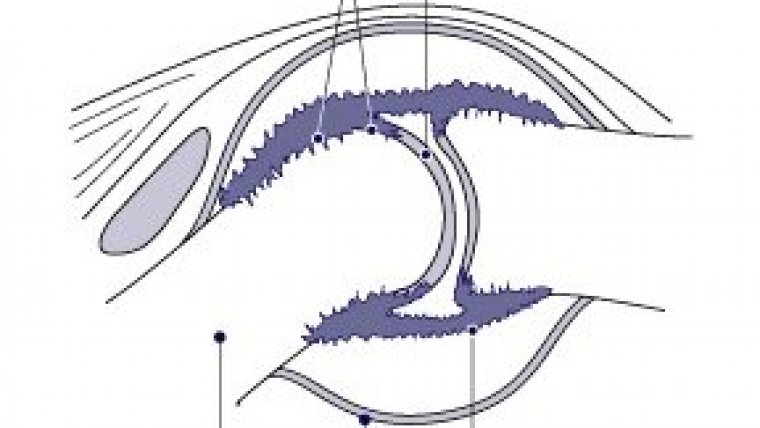| Health / Health News |
Rheumatoid arthritis mechanisms may vary by joint
NIH | JULY 17, 2016
Rheumatoid arthritis is an autoimmune disease in which the immune system mistakenly attacks the body’s own tissue, such as the membranes that line joints. This can cause pain, swelling, stiffness, and loss of function in joints throughout the body. For unknown reasons, different joints are affected differently in people with rheumatoid arthritis.
The causes of rheumatoid arthritis aren’t completely understood. Several genes involved in the immune system have been associated with a tendency to develop rheumatoid arthritis. Environmental factors—such as cigarette smoking, diet, and stress—may also play a role in triggering the disease. A better understanding of the molecular mechanisms at work in the disease may lead to more effective approaches to treatment.
A research team from the University of California, San Diego, has been studying fibroblast-like synoviocytes (FLS), a type of cell that lines joints and contributes to joint destruction in rheumatoid arthritis.
In past work, the team gained insights into how these cells function using epigenetics—the study of factors that change the way genes are read, or expressed, without changing the DNA sequence itself. They identified patterns of DNA methylation—a common epigenetic modification that affects gene expression—in FLS that differ between rheumatoid arthritis and osteoarthritis.
The scientists used computer analyses to group the samples according to the thousands of methylation differences they found across the genome. As expected, methylation patterns differed between rheumatoid arthritis FLS and osteoarthritis FLS. The team found the patterns also differed between rheumatoid arthritis FLS isolated from knees and hips.
The researchers next examined the biological pathways affected and identified several in FLS that were differentially methylated between rheumatoid arthritis knees and hips. Gene expression analysis confirmed that genes and pathways differ between the joint locations. Many of these pathways are related to immune function and inflammation.
The team next examined drugs developed for use in rheumatoid arthritis. They compared the drugs’ targets to the joint-specific biological pathways they uncovered. This analysis suggested that several promising drugs might have been assessed differently if these pathways had been taken into account. This analytical method could form the basis for developing precision medicine approaches to rheumatoid arthritis.
YOU MAY ALSO LIKE




